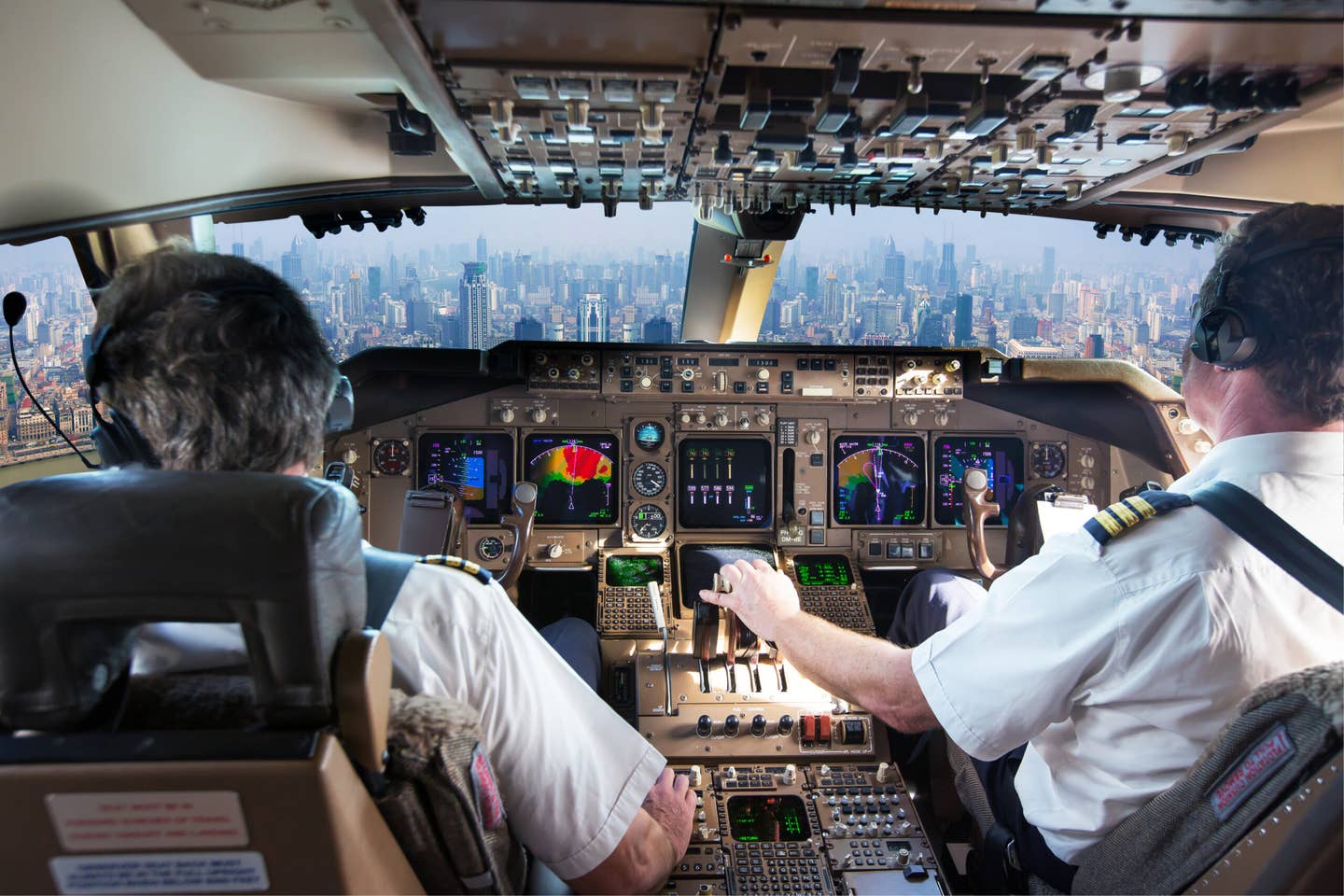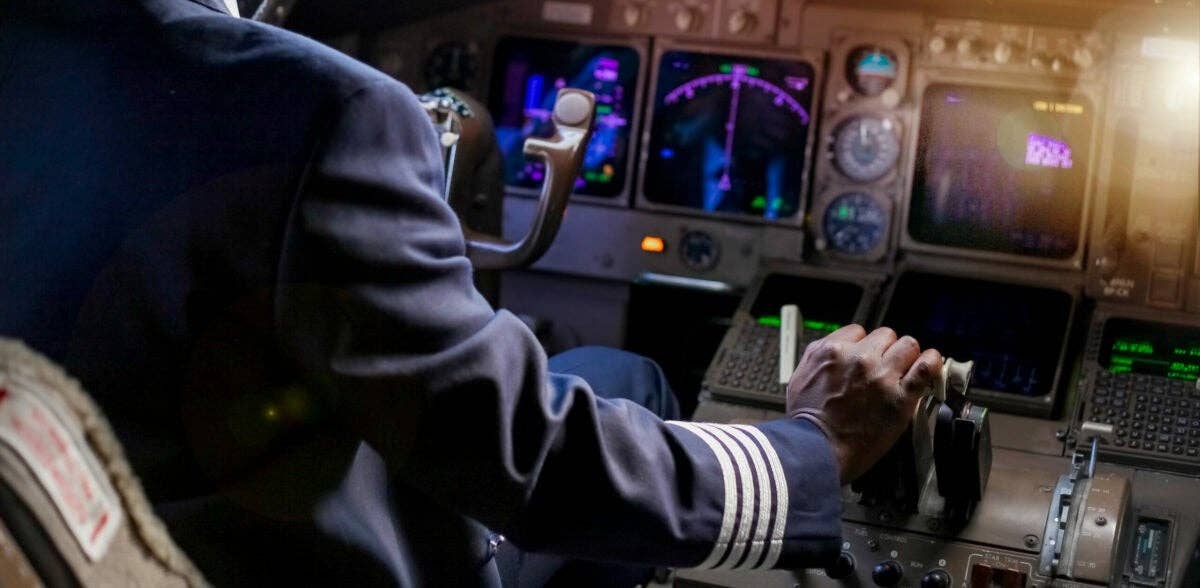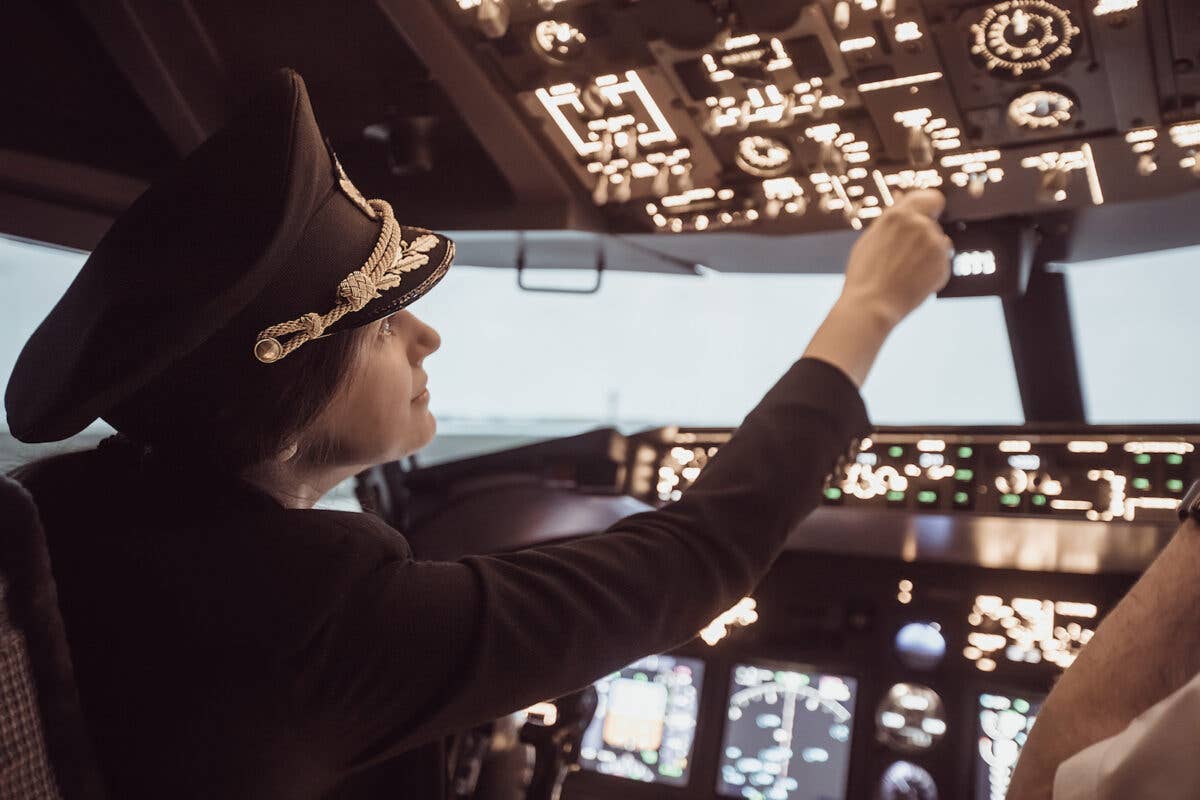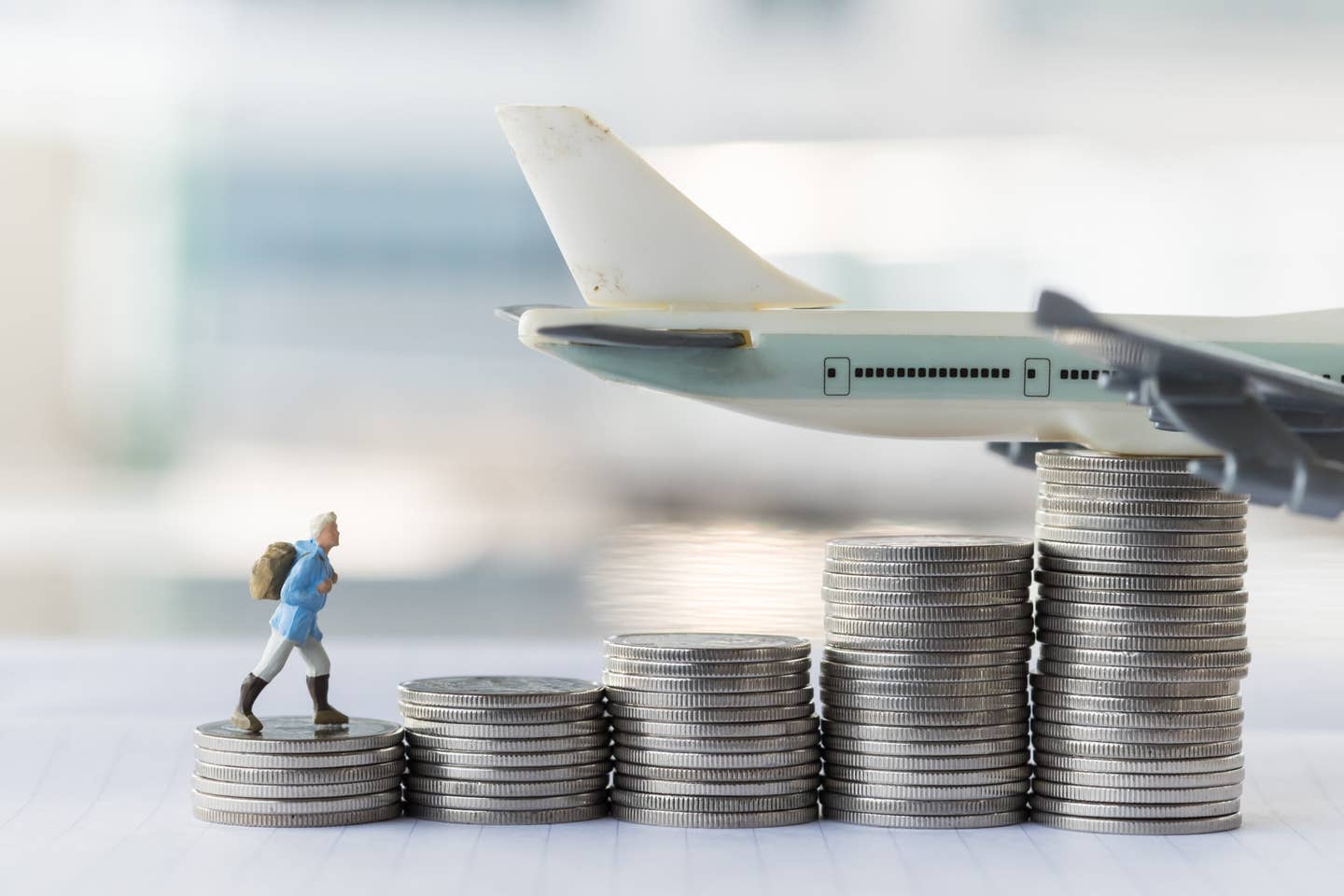What’s the Big Deal About Seniority?
In the airline business it holds the key to many things, work-related and otherwise.

The seniority system remains in place primarily because pilots have consistently chosen it. [File photo: Adobe Stock]
A very old aviation aphorism holds that the airline pilot’s life is ordered on “sex, salary, and seniority—not necessarily in that order!” I’m not going to touch the first topic with a 10-foot pole, and both the lower and upper end of airline salaries are pretty well known. It is the seniority system that deserves a closer look, for despite being one of the defining features of a piloting career, it is a unique institution that seems rather foreign to most modern working Americans.
As mentioned in my last video, virtually all airline pilots in the United States are unionized, and those who aren’t work under rather union-like conditions. Beyond the airlines, many of the larger fractional, charter, and cargo companies have also chosen to use seniority for the purposes of aircraft assignment, upgrade, and scheduling.
So though there are some distinct downsides to the system, it is important to note that it remains in place primarily because pilots have consistently chosen it, both with their votes and their feet. This is not some Machiavellian plot imposed from above by nefarious union bosses or money-grubbing senior captains. For more than 70 years now, employers that choose to base pilot promotion and rostering on any standard but seniority quickly find themselves starved of pilot applicants and/or with a union voted onto the property. The market, it might be said, has spoken.
The Power of the Seniority List
The basis of the system is the seniority list. All pilots at a particular company are permanently ranked according to their date of hire at that company. Pilots within the same new hire class are usually ordered by birth date, or occasionally by something more arbitrary such as social security number. One’s seniority number changes constantly as senior pilots retire and junior pilots are hired—or in bad times, as junior pilots are furloughed. When I was hired at my present company in 2014, I was the second-most junior pilot in my new hire class and was therefore something like #11654 out of 11655. As of this month, I am exactly #6600 out of 14152, or 47 percent. By looking at planned age-65 retirements, one can extrapolate seniority progression over time, and in fact pilots make great sport of this.
Thanks to a website coded by an enterprising colleague, I can see that on my 50th birthday, 4/17/31, I am forecast to be seniority #2406 (20 percent) and ought to be able to hold Seattle A330 Captain.
Yes, the very height of hubris— now excuse me, I’m off to pre-order my Maserati MC20!
Seniority is sacrosanct because it determines most everything about one’s professional life, which in this 24/7/365 industry is tantamount to personal life. First and foremost, work schedules are bid in strict seniority order, typically once a month. Today this is mostly done with a computer program known as Preferential Bidding System (PBS). The company builds a variety of trips and loads them into PBS where pilots can sift through them using various analytical tools. The program allows pilots to pick specific trips, or it can automatically build the most ideal schedule (or “line”) according to one’s preferences. As PBS moves down the list of pilots within a particular category (e.g., LAX E145 FOs), the pot of available trips shrinks, and the remaining pilots have less and less control over their schedule. About 60 percent of the way down the list, every remaining line holder will be forced to fly some or all weekends and all holidays.
At some point the pot of trips is exhausted and the remaining pilots are forced to sit reserve—or perhaps it’s a slow month, and senior pilots wishing to stay home snag those reserve lines themselves. Senior pilots also get first dibs on choice vacation weeks and well-paid overtime flying.
Movement between categories is normally governed by seniority as well. This might involve changing bases, changing aircraft, and/or moving between right seat and left. When the company needs additional pilots in a particular category or categories, they post a list of vacancies, which interested pilots bid in seniority order. Pilots leaving old categories create new vacancies, which the company may or may not backfill. The waterfall effect can create unexpected consequences and a great deal of training churn. Newly converted pilots are prohibited from bidding another category requiring training for a “seat lock” period that varies from six months to several years. The ultimate airline pilot nightmare is to mistakenly bid a category that leaves you ultra-junior, crushing your quality of life, and being seat locked and unable to do anything about it for two years. “Bid what you want and want what you bid,” say the wise old heads at my airline.
The Trouble With the Seniority System
The widespread adoption of the seniority system has a few notable consequences. The one most surprising to outsiders is that promotion has no basis whatsoever in ability or merit. This is by design, and it’s a good thing. First, simply being hired and passing initial and recurrent training ensures a rather high threshold of ability. Secondly, merit in a corporate setting is typically measured through productivity, but a pilot’s No. 1 job is safety, and safety is often unproductive in the short term. Promotion and rostering systems based on any criteria other than seniority—still in use at some overseas airlines and small companies here—inevitably lead to cronyism and favoritism, and frequently a poisonous cockpit and safety culture.
One major downside to the seniority system is that you start completely anew every time you are hired at a new company. This is incredibly strange to most workers outside of aviation, and indeed it seems counterproductive in a profession where experience is so important. For better or worse, the seniority system binds pilots to the health of their employers. During acrimonious contract talks we often hear the refrain from outsiders: “If it’s so bad there, why don’t you leave?” The seniority system can make doing so akin to career suicide.
Seniority is also why airline mergers inevitably result in acrimonious squabbling between merged pilot groups, with the bitterness sometimes lasting for decades. This is especially true when merging two demographically different pilot groups, such as US Airways and America West in 2005, or when a stronger airline acquires a weaker airline, such as American buying TWA in 2001 (the majority of TWA pilots were “stapled” below AA pilots, with disastrous effect after 9/11). Today there is an accepted fairer methodology to combining seniority lists, but ill will can still linger.
Most notably for new professional pilots, seniority is what makes the right timing and advancement so critical to a piloting career. In times of rapid hiring, a year’s difference in seniority can have a massive effect on career progression, earnings, and quality of life. For many years, when turbine PIC time was a hard and fast requirement for being hired at a major airline, acquiring the seniority to upgrade to captain was a primary obsession for regional pilots. The current pilot shortage has brought other factors like pay and quality of life to the forefront, and right now it’s not uncommon for newer pilots to switch companies in fairly rapid succession in search of the best deals.
There have been various utopian proposals for a national seniority list over the years, which would blunt most of the more negative aspects of the seniority system. It has all come to naught: management wants to retain control of hiring, young pilots want nothing to impede their advancement, and old pilots prefer the system they grew up with and know. It does seem to me that if we are ever to make that change—and start operating more like a guild than a loose association of pilot unions—there will likely never be another opportunity like the current pilot shortage. Alas, I do not expect any changes to be forthcoming, and the system as currently constituted is likely to be with us for a long time to come.

Sign-up for newsletters & special offers!
Get the latest FLYING stories & special offers delivered directly to your inbox






